As an agency leader, you want to maximize profitable delivery. But with so many variables to consider, it’s hard to know where to focus your efforts.
A few years ago, an agency owner reached out for help. They were working hard… and very stressed: “I don’t want to be terrified every Sunday about coming to work on Monday.” And they added: “I’ve been working too long to be making so little.”
As I dug into their situation, I discovered gaps in three critical areas. They were underpricing the agency’s work, they were delivering way too much scope for the price, and their team wasn’t managing the scope of what they’d sold. In fact, they were often going over budget by 50% or more… on the work that was already underpriced and over-scoped. Thanks to all the profit leaks, their gross profit margins were not good.
Fortunately, you don’t have to make those mistakes. In this article, we’ll explore three ‘levers’ that can have a significant impact on agency profitability: pricing, scope, and scope management.
More broadly, net profits depend on agency-wide labor costs as well as your overhead. But in this article, I will focus on delivery via your current team. That is, it’s not about cutting your labor costs—it’s about getting higher profits with the team you already have.
By understanding these levers (and how to use them effectively), you can improve your agency’s bottom line while delivering value to your clients.
Lever #1: Pricing
Pricing is the most obvious lever for agency profitability, but it can be complex. Pricing too low can leave you struggling to cover costs, while pricing too high can make it difficult to win new business.
To set the right price, consider the following pricing factors.
- Overhead expenses: Overhead costs include rent, utilities, salaries, software and hardware expenses, among others. Agencies should calculate the total overhead cost per hour, per client, or per project—and then factor it into their pricing strategy.
- Market rate for your services: Understanding the average rates in your industry can help you determine if your agency’s pricing is competitive or not. Ideally, this helps outpace expenses alone.
- Value delivered to clients: Clients are willing to pay more if they feel they are receiving exceptional value. This can help you charge the most of all.
See my advice on how to raise your prices. You can also experiment with different agency pricing models (hourly, deliverable-based, or value-based pricing), to find the approach that works best for your agency.
Lever #2: Scope
Scope refers to what’s included in your agency’s services and deliverables. It’s important to ensure that your scope is clear up front, so that clients understand what they’re getting for the price you’ve quoted.
Offering a broad scope can be attractive to clients, but it can also be challenging to manage and can eat into your profits. On the other hand, a narrow scope can be easier to manage, but it may not provide enough value to clients.
To find the right balance, consider the needs of your clients and the expertise of your team. You may also want to develop a standardized scope for each of your services—that is, switching from custom services to productized services—so that you can more easily manage and predict costs.
Remember the agency I mentioned at the beginning? They were charging $25,000 for a branding package, website, and sitewide copywriting. I observed that most agencies would charge at least $50,000 for all of that—and suggested reducing the scope, or splitting things into future line-items.
Level #3: Scope Management
If you’re tight on profit margins, you’ve got to focus on managing the scope of what you’re doing. That is, you can’t afford to give away free work when you have thin margins.
Even with a well-defined scope, scope creep can be a significant challenge for agencies. Scope creep occurs when a project’s scope expands beyond what was initially agreed upon, leading to additional work and costs. And it becomes a problem when the extra scope is uncompensated.
To manage scope creep effectively, establish clear communication with clients from the outset and set expectations for how changes to the scope will be handled. You may also want to implement project management tools and processes (such as “change request” forms and regular status updates), to help you stay on top of scope changes and manage costs effectively.
The opening agency owner and their operations head mentioned they were regularly going over budget by more than 50%. By committing to scope management, they could reduce the amount of “free work” they were giving away.
Conclusion: How to Improve Delivery Margins at Your Agency
Profitable delivery requires a multi-faceted approach—but pricing, scope, and scope management give you three “levers” to make an impact. By setting the right price, defining a clear scope, and effectively managing scope, you can improve your agency’s profitability while delivering exceptional value to your clients.
Remember to keep experimenting and refining your approach over time, because what works best for your agency may change as you grow and evolve.
Question: Which of the 3 “levers” (price, scope, or scope management) need attention at your agency?


